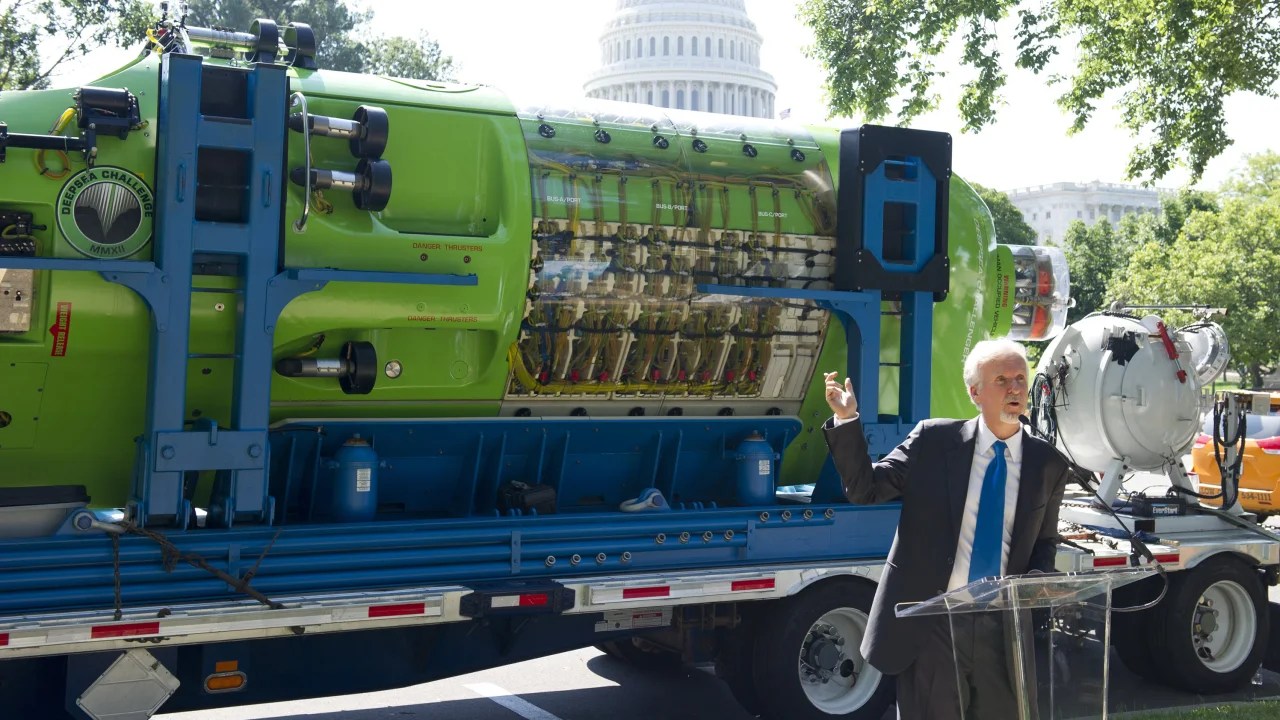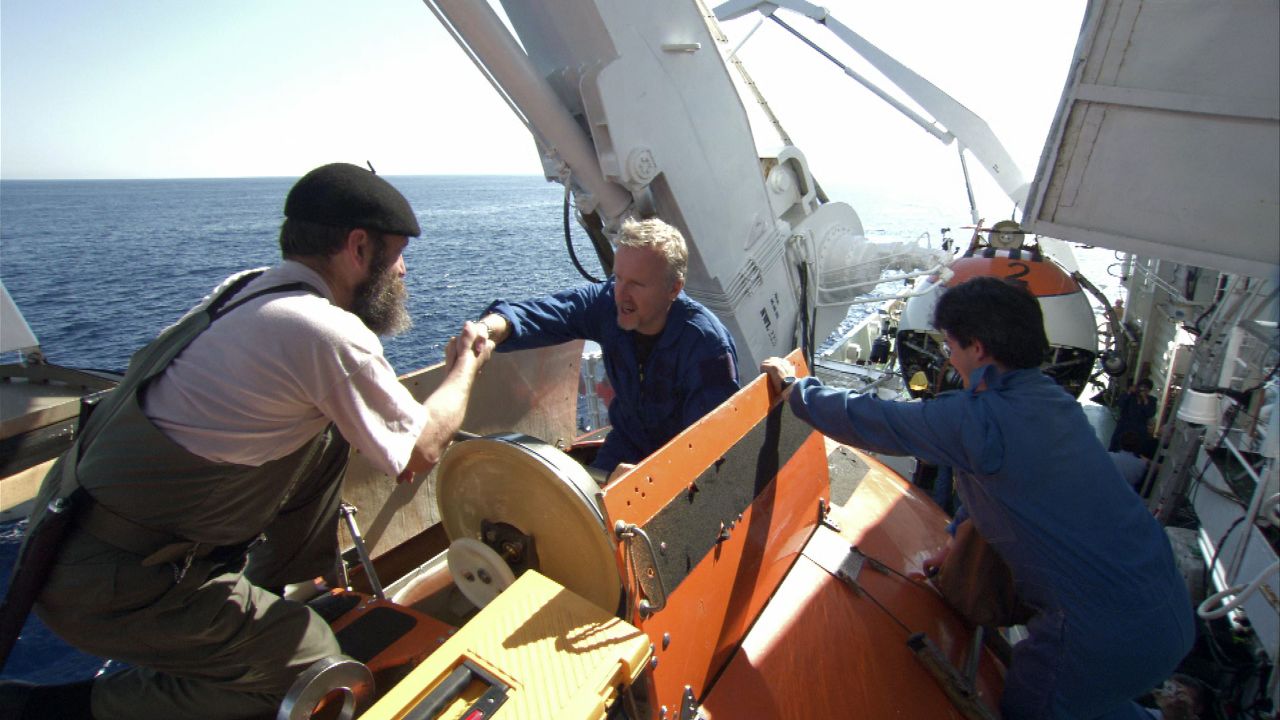(CNN) — Thirteen years passed between the first “Avatar” movie in 2009 and its sequel, “Avatar: The Way of Water,” during which time director James Cameron indulged in another of his passions: exploring the deep sea.
Cameron, who also directed the award-winning film “Titanic,” shared his views on the “catastrophic implosion” that killed five people aboard the Titan submarine as it was en route to tour the wreckage of the Titanic.
“The only scenario I could think of that could explain that was an implosion. A shock wave event so powerful that it actually knocked out a secondary system that has its own pressure vessel and its own battery power source, which is the transponder the ship uses to track where the sub is,” Cameron told CNN’s Anderson Cooper this Thursday.
Cameron, who has made more than 30 dives to the Titanic wreck and is among the few people to descend to the deepest known point on Earth’s seafloor, has been an expert in underwater exploration for decades.
an ocean lover
Cameron told National Geographic that even though he grew up in Ontario, Canada—hundreds of miles from the ocean—he remembers, as a child, “watching in awe” of specials from marine explorer Jacques Cousteau.
The young man was also on the trail of a then-new deep-sea submersible named Alvin.
“It was the golden age of technological exploration,” recalls Cameron.
He began scuba diving at the age of 17, which increased his love of ocean exploration.
Cameron told NPR in 2012 that there is a connection between what he does professionally in film and his personal life as an explorer.
“I think the common thread is storytelling,” he said. “I think the job of the explorer is to go and be at the remote edge of the human experience and then come back and tell that story. So I don’t see them as separate.”
The motivation of his films
Although he is known as one of the best directors in the industry, Cameron may be even more dedicated to exploring the depths of the sea, as reflected in his films.
His 1989 film “The Abyss” was set in the ocean and Cameron has said he made “Titanic” in part to explore the wreck.
“I made ‘Titanic’ because I wanted to dive to the wreck, not because I wanted to make the movie,” he told Playboy in 2009. “Titanic was the Mount Everest of shipwrecks, and as a diver I wanted to do it right. When I learned that other Guys had been diving on the Titanic to make an IMAX movie, I said to myself, ‘I’ll make a Hollywood movie to pay for an expedition and do the same thing.’ I loved that first contact, and I wanted more.”
As he declared to National Geographic, he prefers to dive himself rather than film it.
“Doing it for real is much better,” he said. “But he’s in trouble, because there’s no second take!”
exploration record
In addition to exploring, Cameron fell in love with the technology that makes scuba diving possible.

James Cameron speaks in front of the one-man submarine he helped develop, “Deepsea Challenger,” in 2013.
Credit: Saul Loeb/AFP/Getty Images
Cameron has done dozens of deep-sea dives since filming “Titanic.” In 2012, she plunged into the Mariana Trench, considered one of the deepest places in Earth’s oceans, almost 11 kilometers below the surface.
He did it in a 7-meter submersible ship designed by him, called the Deepsea Challenger.
Cameron broke the record for the longest solo dive, covering 10.9 kilometers to the deepest point on Earth.
It took him seven years of planning and he spent over three hours filming, documenting and sampling while there.
Cameron likened it to space exploration, calling it a “vast frontier down there that’s going to take us a while to understand.”
“It was a very lunar place, very desolate, very isolated,” he said. “My feeling was complete isolation from all of humanity. I literally felt like in the space of one day I had gone to another planet and back.”









